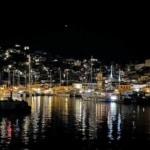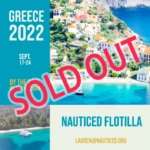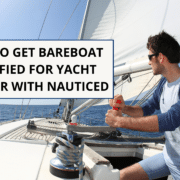We’ve been there!
We’ve been here—several times and its certainly one we’d easily go back to time and time again. With close proximity to Athens, once you set sail, you leave the city hustle and bustle behind and embark on a historic journey through crystal-clear waters with charming islands, historical treasures, and secluded coves. Each village has its own culture and charm: from the pistachio (fistiki) in Aegina to the donkey filled isle of Hydra to the secluded beauty of Dokos to the architectural marvel of the Epidaurus Theater.





































